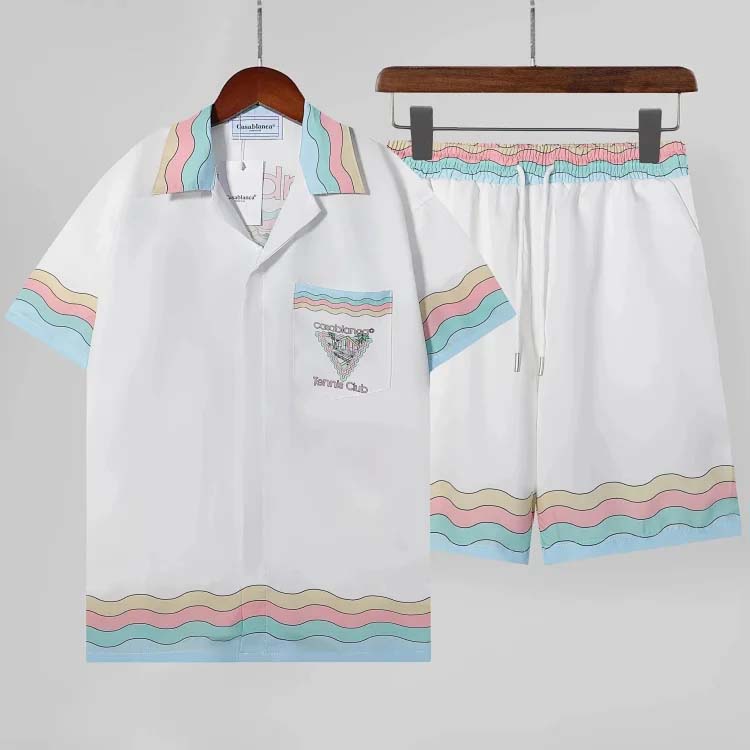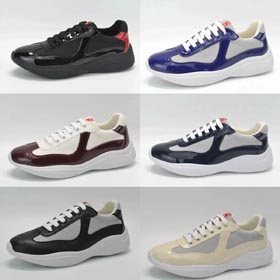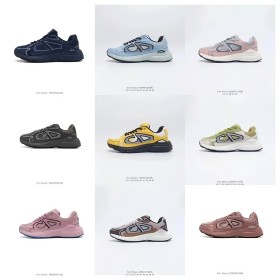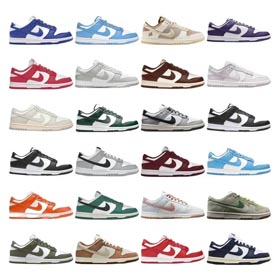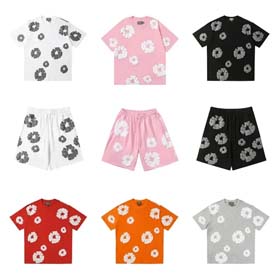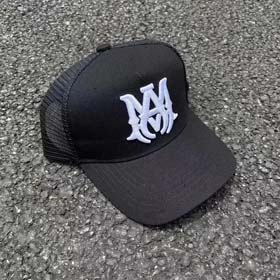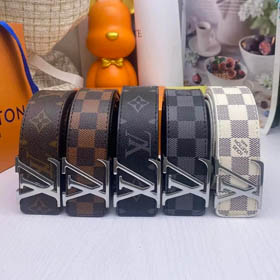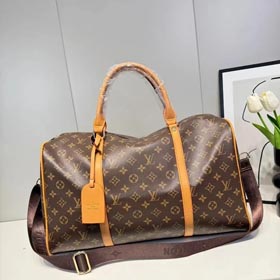The History of Dior: A Tale of Timeless Elegance
2025-04-05
The History of Dior: A Tale of Timeless Elegance
Dior, a name synonymous with luxury, elegance, and innovation in the world of fashion, has a history that is as captivating as the designs it has produced over the decades. The story of Dior began in the mid - 20th century, a time when the world was emerging from the shadows of World War II and yearning for a return to beauty and glamour.
In 1946, the French textile magnate Marcel Boussac recognized the talent of Christian Dior, a young and ambitious designer. He provided Dior with the resources to establish his own fashion house, and thus, the House of Dior was born. Dior's debut collection in 1947, famously known as the "New Look," was a revolutionary moment in fashion history. After years of the austere and practical styles dictated by the war, Dior's designs were a breath of fresh air. The New Look featured nipped - in waists, full, voluminous skirts that often reached the mid - calf, and soft, rounded shoulders. This silhouette was a celebration of femininity, using an abundance of fabric to create a sense of luxury and opulence. The "Corolle" dress, with its multiple layers of taffeta forming a flower - like skirt, became an iconic symbol of the New Look. It not only revived the French fashion industry but also set a new standard for elegance globally.
Christian Dior's design philosophy was centered around creating clothes that enhanced a woman's natural beauty. He believed in the power of craftsmanship and attention to detail. Each garment was meticulously constructed using the finest materials from around the world, be it luxurious silks, satins, or delicate laces. His designs were not just about fashion; they were about making women feel confident and empowered.
In 1957, tragedy struck when Christian Dior passed away suddenly. However, the brand did not falter. Yves Saint Laurent, a young and talented designer who had been working under Dior, was appointed as his successor at the tender age of 21. Saint Laurent continued to build on Dior's legacy while also injecting his own modern sensibilities. He introduced the trapeze dress, which deviated from the traditional Dior silhouette but still retained the brand's essence of elegance. Saint Laurent's tenure at Dior was a period of transition, as he experimented with new shapes and styles, appealing to a younger and more progressive clientele.
After Saint Laurent, the House of Dior witnessed a series of creative directors who each brought their unique vision to the brand. Marc Bohan, who took over in 1960, had a more classic and refined approach. His designs maintained the elegance and sophistication that Dior was known for, often featuring clean lines and traditional Dior silhouettes.
In 1996, John Galliano was appointed as the creative director, and he brought a new wave of energy and drama to Dior. Galliano's collections were known for their elaborate and theatrical designs. He drew inspiration from a wide range of sources, including historical periods, different cultures, and art. His runway shows were spectacular events, transforming the Dior brand into a global sensation and appealing to a younger, more fashion - forward audience.
In 2011, Raf Simons took the reins at Dior. His designs were characterized by simplicity, minimalism, and a focus on the quality of materials. Simons brought a modern and contemporary edge to the brand, emphasizing clean lines and a more understated elegance.
Today, Dior continues to be a leading force in the fashion industry. It has expanded its product range beyond clothing to include accessories, fragrances, and cosmetics. The Lady Dior handbag, named after Princess Diana, has become an iconic symbol of luxury. Dior's fragrances, such as "Miss Dior" and "J'adore," are beloved worldwide.
For more information about Dior and to explore its exquisite collections, visit hoobuy.asia.



